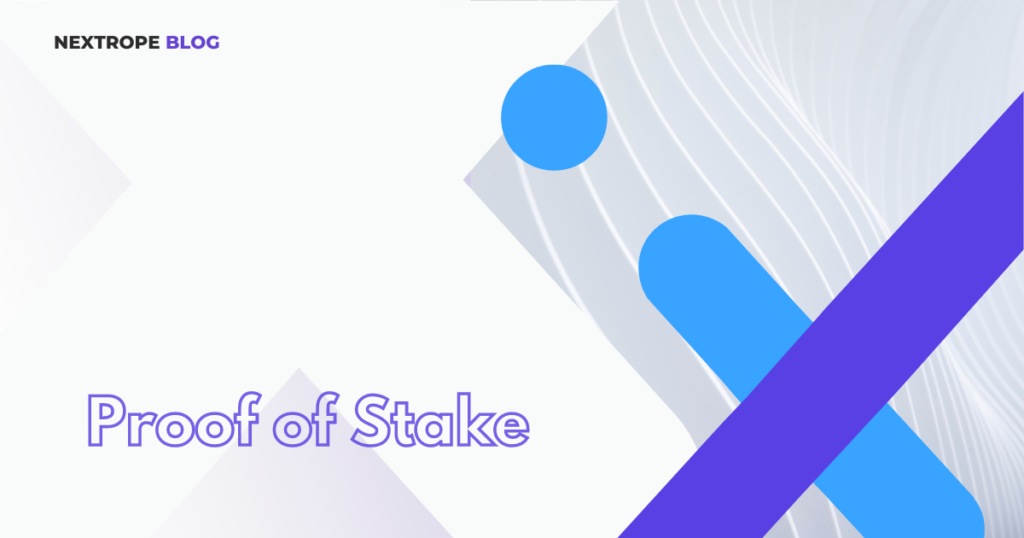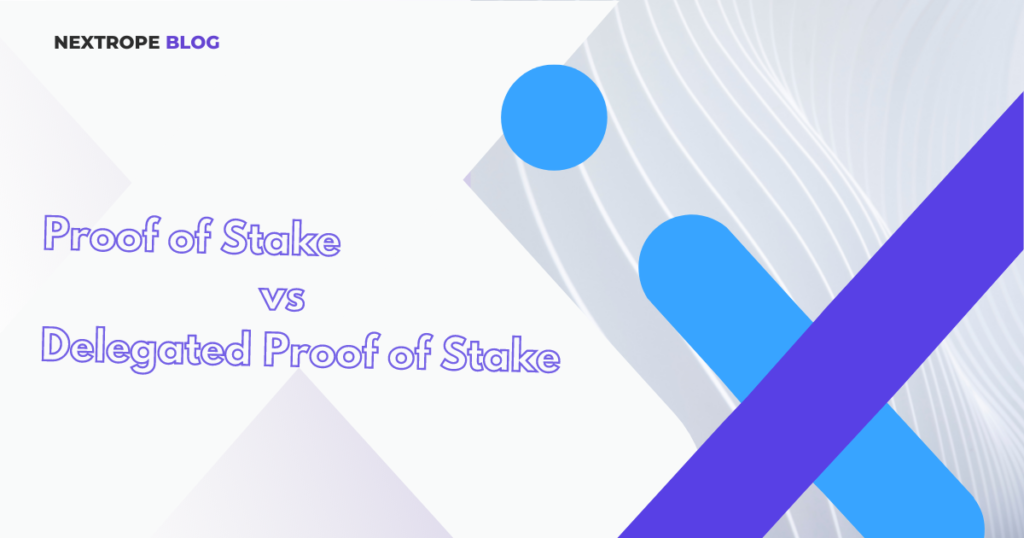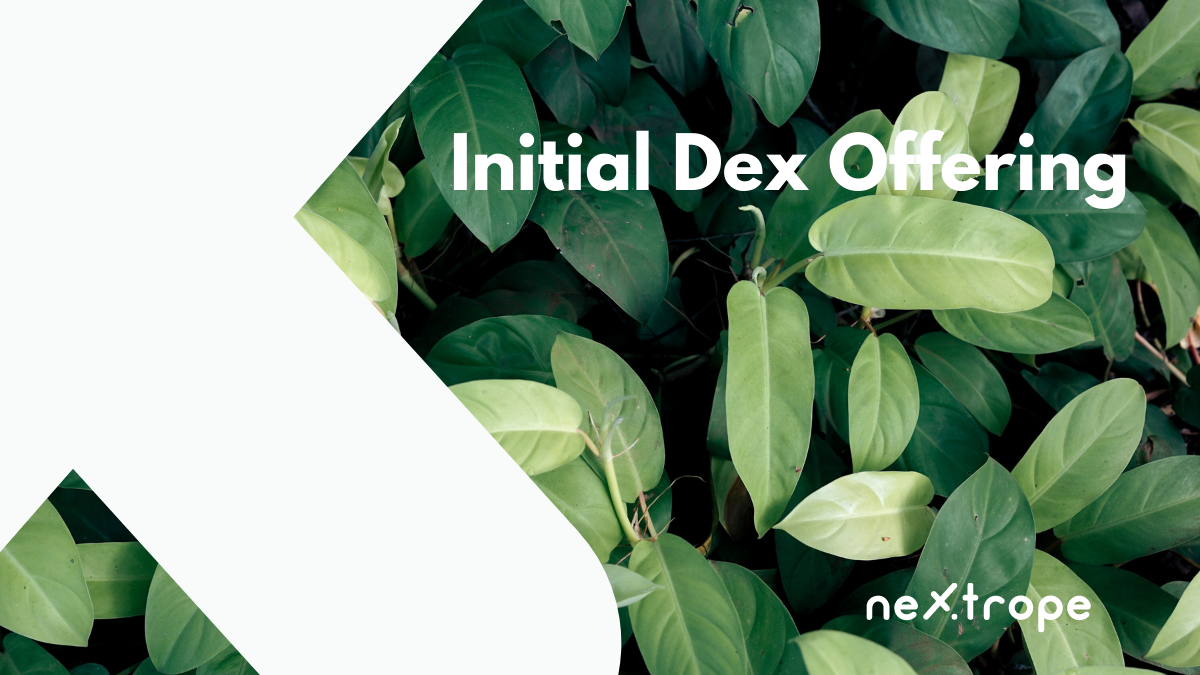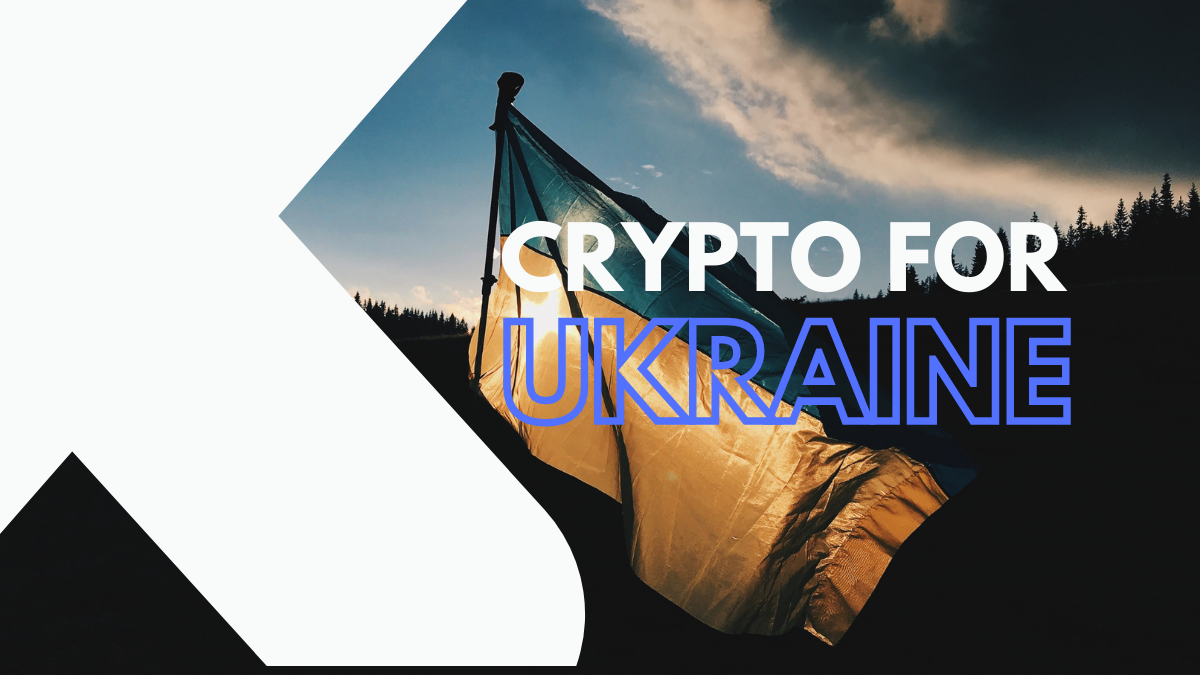Many people see staking as an alternative to mining which requires technical knowledge. It is an activity where you don't have to own and look after complex equipment, but only store funds in a specific cryptocurrency wallet. This ensures the safety and smooth operation of a given blockchain network. Staking crypto is to put it simply, blocking cryptocurrencies, in order to receive awards and many benefits in the form of units of a given cryptocurrency. Most projects allow for staking of digital assets directly from a cryptocurrency portfolio. There are also exchanges that provide a staking service to users as part of their business offer. One such exchange is, for example, Binance. In order to fully understand staking wee need to understand how Proof of Stake (PoS) and Delegated Proof of Stake (DPoS) work.
What is Proof of Stake system (PoS)?
The Proof of Stake systemand staking crypto is a consensus mechanism which allows blockchains to save energy while maintaining proper decentralization. This consensus mechanism is designed to address the vulnerabilities and problems that exist in the Bitcoin network algorithm.
In the Bitcoin network, miners compete for who will be the fastest to solve a mathematical puzzle. The entity that is able to do so in the shortest time adds the block and receives remuneration in the form of BTC. The problem itself is related to the multiplicity of arbitrary calculations and the electricity required to do this, which is considered to be a major cost-negative.

It is worth stressing that there is a way to maintain network decentralization without incurring the high computing costs connected with solving puzzles. The solution is the Proof Stake, whose primary purpose is to validate blocks and use an "internal" investment (own cryptocurrency) instead of "external" investments (energy, crypto mining machines). Network users may “block” their coins. Afterwards, at different intervals, the protocol randomly assigns the right to approve the block to one of the users. The chance to be chosen doesn't depend on who creates a block or how quickly puzzles are solved. However, it depends on how many coins we are blocking. That is, the more wecapital we devote to this, the higher the chance we will be chosen. Another benefit of POS is that attacking a blockchain network is much more expensive because an effective attack would require owning at least 51% of all existing cryptocurrencies of a given blockchain. Of course, the cheaper and more accessible a given cryptocurrency is, the easier such an attack becomes. Hacking also has a greater impact on PoS management models than on PoW (proof of work). When a given network is hacked, miners lose more than just their cryptocurrency; they lose their place on the platform. This is a major problem that has led to the creation of the Delegated Proof of Stake (DPoS).
What is Delegated Proof of Stake (DPoS)?
Proof of Stake model also has an alternative option that was created in 2014 by Daniel Larimer. The method is referred to as Delegated Proof of Stake (DPoS). It was first tested as part of the BitShares blockchain, but shortly thereafter other networks started using this model as well.

The DPoS activity can be compared to shares held in a company. This method allows users to treat their cryptocurrency as votes whose force is proportional to their number. These votes are used to select delegates whose jobis to manage a blockchain on behalf of their constituents, which ensures consensus and security.
The strength of each stakeholder (cryptocurrency owner) is determined by the amount of cryptocurrency held. The advantage of the DPoS is, for example, that consensus can be reached with a small number of validation nodes. This improves overall network performance.
How does crypto staking work?
How does crypto staking works? Remember that the Proof of Stake model (PoS) and Delegated Proof of Stake (DPoS) algorithms require staking to function properly. Participants who block larger amounts increase the likelihood that they will be selected as the next validator in the block. This behavior allows blocks to be produced without the need for complex and expensive mining equipment, such as the ASIC system.
It should be noted that mining cryptocurrencies by means of ASIC systems requires large investments in equipment and that staking has only one requirement, which is investing in a given cryptocurrency and freezing one’s capital. Staking may at first glance remind you of depositing money in a bank, but in this case, frozen assets ensure that the blockchain network functions properly and interest is calculated in cryptocurrencies.
In addition, you should be aware that every PoS blockchain has a specific staking currency. There are networks that use a two-token system where prizes are paid out using a separate token (for example, you are freezing cryptocurrency "x", receiving the cryptocurrency "y" as a prize).
Staking rewards
How are rewards for cryptocurrency staking calculated? Several elements need to be analyzed in order to answer this question. Remember that a blockchain network is not uniform and therefore each part of it can use different methods for calculating rewards. Individual projects offer a variety of rewards. The factors that influence the rewards for staking are:
- Time of active staking by validator
- Amount of „frozen” coins
- Inflation rate of assets
- Total number of coins staked in the network
Interestingly, some networks reward staking using percentages. Such awards are given to validators as a form of compensation for inflation, which in turn encourages network users to spend coins rather than to store them. How much can You earn from this?
For example, staking of LUNA cryptocurrency offered users only 1,5% per year, and the pledged assets are subject to a 21-day unlock period. Another project that has generated greater interest was Cosmos (ATOM), which offered an annual return on investment of around 8%.
What is a staking pool?
The staking pool is a place where a group of individuals who possess given cryptocurrencies combine them with others to maximize the odds of being selected to review blocks and receive rewards funds (crypto holdings). Simply put, the staking pools are a place where group staking takes place. By combining stakes, users of a staking pool share rewards in proportion to their contribution.

Both knowledge and time are necessary to create and maintain a staking pool. Such mining pools are most effective in networks where the entry threshold is sufficiently high. With this in mind, many pool suppliers charge fees on the prizes that the participants receive. Let us remember that there is a safeguard – a minimum balance is always required and is set up to deter malicious stakers.
A significant part of the staking pool requires a low, minimum balance, but this often does not go hand in hand with the extra time in which we could cash out. As a result, joining a pool rather than ‘playing solo’ can be an very attractive solution for those who are just starting to become involved in this form of making money.
What is cold staking?
Cold staking is a process in a wallet that runs without Internet access, just like the ‘cold wallet’. When you stake crypto coins, they are frozen in your wallet. If your wallet is connected to a blockchain network, it is called a hot wallet because it is connected to the internet and becomes vulnerable to attacks. The cold staking process can be done by, i.e using a hardware wallet. It is interesting to note that you can get this effect when when using an air gap wallet. The average reward you can expect with this method is around 2%.
Networks that support "cold staking" provide the opportunity to stake crypto while ensuring that your funds are safely stored offline, howerver it should be noted that this pertains only to users working in cold staking mode. If the stakeholder transfers their assets from their wallet, the reward will automatically be waived. Cold staking is a beneficial method for big players who not only wish to focus on protecting their assets as much as possible, but also want to support the network.
Which cryptocurrencies can be staked?
At present, half of the thousands of cryptocurrencies are based on the Proof of stake algorithm. The most popular of these are listed below:
- XLM
- DASH
- NOW
- NEO
- BNB
- ADA
- ALGO
- DOT
- XLM
- CELO
- BTS
- TRON
- PIVX
- NEBL
The DPoS consensus algorithm was developed by Daniel Larimer and the main cryptocurrencies that are based on this technology are:
- TRX,
- LUNA
- EOS,
- XTZ
- ICX
- LISK
- BAND
Given that blockchain and cryptocurrencies are an extremely original and diverse ecosystem, it should be noted that cryptocurrencies have a high potential to become a stable source of income. Staking is a cheaper and simpler method than mining and the staking pool makes the investment process even easier. For this reason, it is useful to know the above-mentioned terms.
Why is crypto staking worthwhile? Because thanks to it crypto investors can obtain particular digital asset. Moreover, crypto staking is also worth looking into, as it builds passive income. It is also worth noting that anyone can stake cryptocurrency and thus acquire potentially more lucrative staking rewards than any bank deposit can offer – and all that at a low minimum amount. Crypto staking is currently one of the most interesting financial solutions in the new technologies sector.
 en
en  pl
pl 







